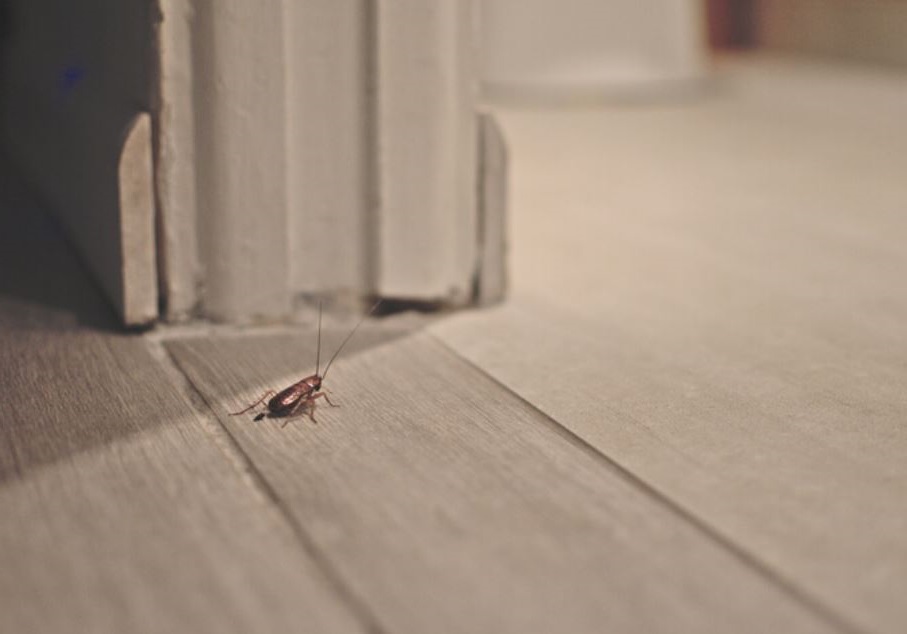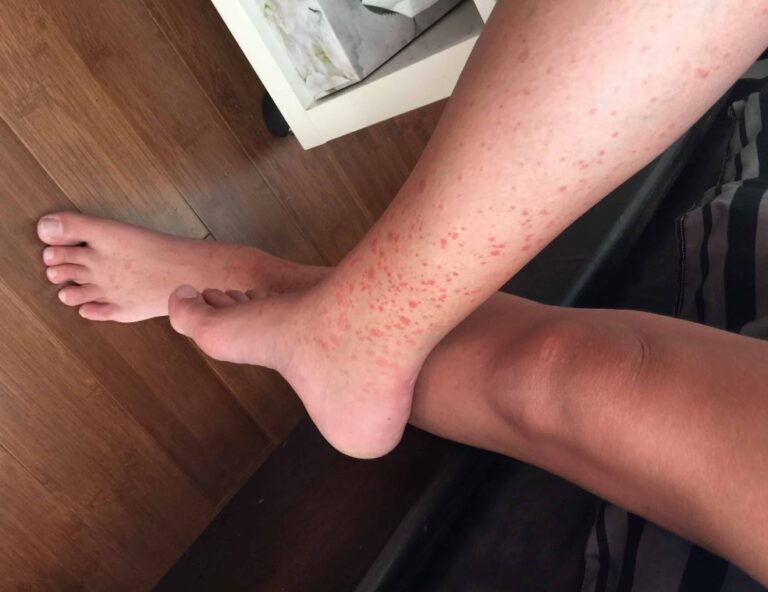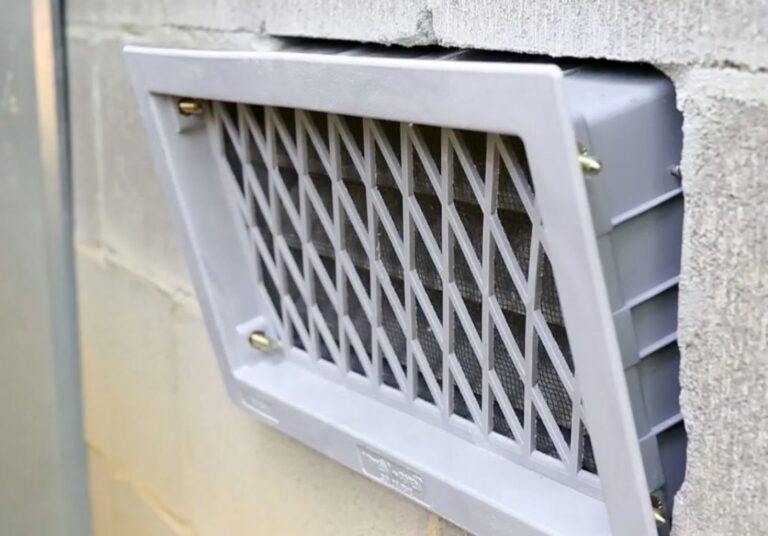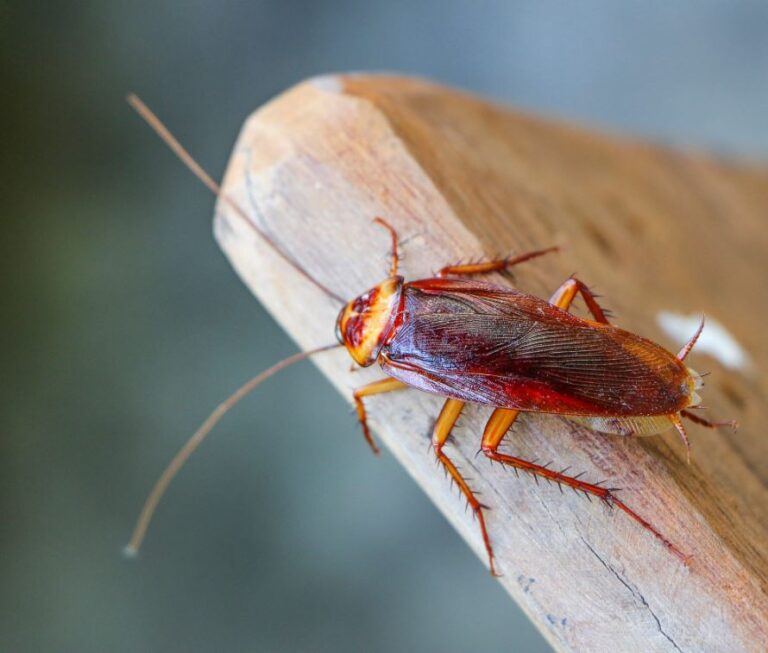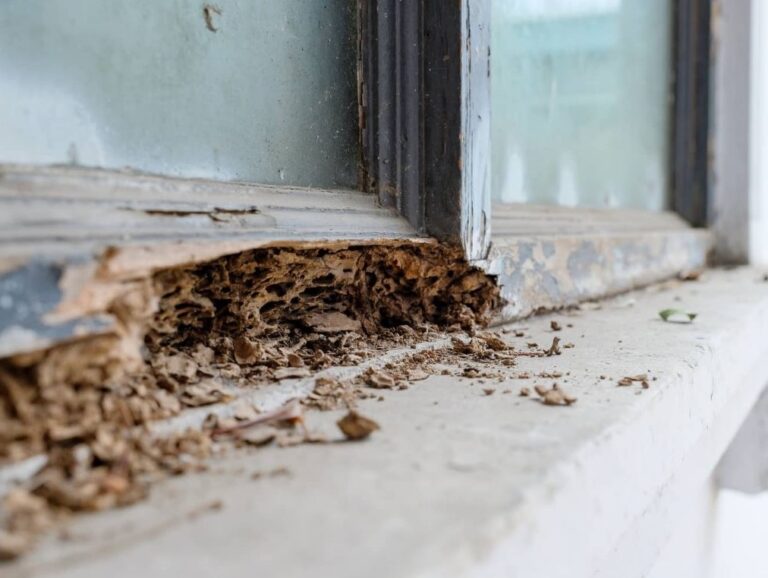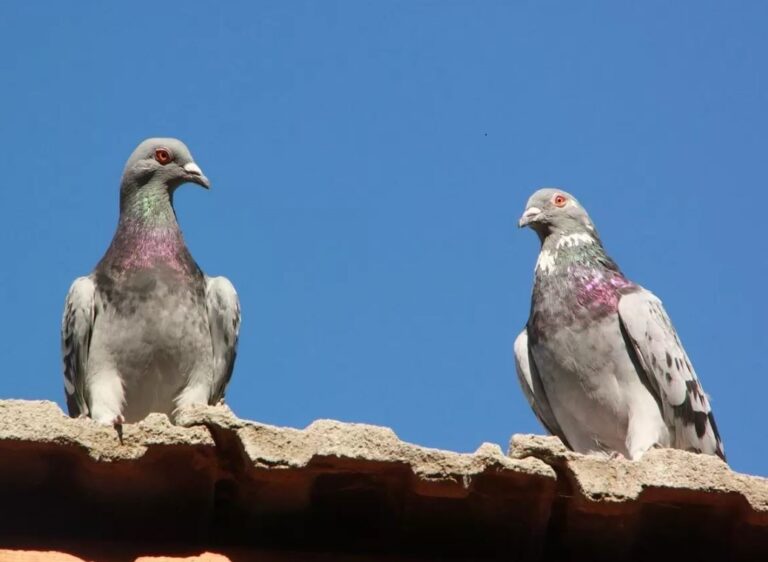What Attracts Palmetto Bugs to Your House? Full Guide
Palmetto bugs—commonly known as American cockroaches—are unwelcome guests in any home. These large, reddish-brown pests thrive in warm, humid environments and can quickly become a nuisance if they find your house inviting. But what exactly draws them inside? Understanding the factors that attract palmetto bugs can help you take proactive steps to keep them out.
In this comprehensive guide, we’ll explore the key reasons palmetto bugs invade homes, how to identify an infestation, and effective prevention strategies.
Why Are Palmetto Bugs in My House?
Palmetto bugs don’t just wander into homes by accident—they’re seeking specific conditions that make your house an ideal habitat. Here are the top reasons they may be attracted to your property:
1. Moisture & Humidity
Palmetto bugs thrive in damp environments. Common moisture sources that attract them include:
- Leaky pipes or faucets
- Standing water in sinks, showers, or basements
- Clogged gutters
- Overwatered plants or mulch near the foundation
- Poor ventilation in bathrooms and kitchens
If your home has high humidity levels, these pests will feel right at home.
2. Food Sources
Like all roaches, palmetto bugs are scavengers and will eat almost anything. They’re particularly drawn to:
- Unsealed food (pet food, crumbs, pantry items)
- Garbage cans without tight lids
- Grease buildup in kitchens
- Decaying organic matter (compost piles, rotting wood)
Even small food particles can sustain them, so maintaining a clean home is crucial.
3. Shelter & Hiding Spots
Palmetto bugs prefer dark, undisturbed areas where they can nest and breed. Common hiding spots include:
- Cracks in walls or foundations
- Cluttered basements, attics, or garages
- Cardboard boxes or paper piles
- Under appliances (refrigerators, dishwashers, stoves)
If your home provides ample hiding places, they’re more likely to stay.
4. Warmth
During colder months, palmetto bugs seek warmth indoors. They may enter through:
- Gaps around doors and windows
- Utility pipes and vents
- Crawl spaces and basements
Once inside, they’ll nest near heat sources like water heaters and HVAC systems.
5. Outdoor Landscaping Issues
Your yard could be inviting palmetto bugs closer to your home. Factors include:
- Overgrown vegetation near the house
- Mulch or woodpiles against the foundation
- Standing water from poor drainage
Reducing these attractants can help keep them at bay.
Signs of a Palmetto Bug Infestation
How do you know if palmetto bugs have moved in? Watch for these telltale signs:
✔ Live or dead roaches (especially in kitchens, bathrooms, or basements)
✔ Musty odor (a sign of a large infestation)
✔ Droppings (small, pepper-like specks)
✔ Egg casings (oothecae) in hidden areas
✔ Grease marks or smear trails along walls
If you notice any of these, it’s time to take action.
How to Prevent Palmetto Bugs from Entering Your Home
1. Eliminate Moisture
- Fix leaky pipes and faucets.
- Use a dehumidifier in damp areas.
- Ensure proper ventilation in bathrooms and kitchens.
2. Seal Entry Points
- Install door sweeps and weather stripping.
- Seal cracks in walls, foundations, and around pipes.
- Cover vents with fine mesh screens.
3. Maintain Cleanliness
- Store food in airtight containers.
- Clean up spills and crumbs immediately.
- Take out the trash regularly and use sealed bins.
4. Reduce Outdoor Attractants
- Keep mulch and firewood away from the house.
- Trim bushes and shrubs near the foundation.
- Ensure proper yard drainage to prevent standing water.
5. Use Pest Control Measures
- Bait traps & gel baits (effective for killing colonies)
- Insect growth regulators (IGRs) to disrupt reproduction
- Professional extermination for severe infestations
Final Thoughts
Palmetto bugs are attracted to homes that provide moisture, food, and shelter. By addressing these factors, you can significantly reduce the risk of an infestation. Regular cleaning, proper home maintenance, and strategic pest control will help keep these pests at bay.
If you’re already dealing with an infestation, consider contacting a pest control professional for targeted treatment. A proactive approach is the best way to ensure your home stays palmetto bug-free!

